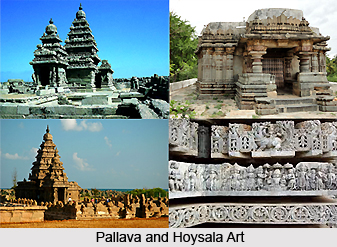 History of Tiruchirapalli district dates back to the period of 300 BC when Woraiyur formed the capital city of the Cholas and the same is supported by archaeological evidences and ancient literatures. Woraiyur is a part of the present day district of Tiruchirappalli. There are also literary sources which tell that Woraiyur continued to be under the control of Cholas even during the days of Kalabhra interregnum from A.D. 300 to A.D. 575.
History of Tiruchirapalli district dates back to the period of 300 BC when Woraiyur formed the capital city of the Cholas and the same is supported by archaeological evidences and ancient literatures. Woraiyur is a part of the present day district of Tiruchirappalli. There are also literary sources which tell that Woraiyur continued to be under the control of Cholas even during the days of Kalabhra interregnum from A.D. 300 to A.D. 575.
Later, Woraiyur along with the present day Tiruchirappalli district and its neighboring areas came under the control of Mahendra Varma Pallava I, who ascended the throne in A.D. 590. Till A.D. 880, according to the inscriptions, this region was under the hegemony of either the Pallvas or the Pandyas. It was in A.D. 880 that Aditya Chola brought a downfall to the Pallava dynasty. From that time onwards the district of Tiruchirappalli and its region became a part of Greater Cholas. In A.D. 1225, the area was occupied by the Hoysalas. Afterwards, this district of Tamil Nadu came under the rule of later Pandyas till the advent of Mughal Rule.
For some time, the district of Tiruchirappalli was under the Mughal rule, which was put to an end by the Vijayanagar rulers. The Nayaks, the Governors of Vijayanagar Empire, ruled this area till A.D. 1736. It was Viswanatha Nayaka who constructed the present day Teppakulam and the Fort. The Nayak dynasty came to an end during the days of Meenakshi. The Muslims ruled this region again with the aid of either the French or the English armies. For a few years, Tiruchirappalli was under the rule of Chanda Sahib and Mohamed Ali. Finally, the English brought Tiruchirappalli and other areas under their control. Soon after the area was ceded to the British East India Company as per the agreement at the eve of the Carnatic War, Tiruchirappalli district was formed under the Collectorship of Mr. John (Junior) Wallace in the year 1801. Mr. Wallace was the First British Collector. The district was then under the hegemony of the British rule for about one hundred and fifty years till the independence of India in the year 1947.



















